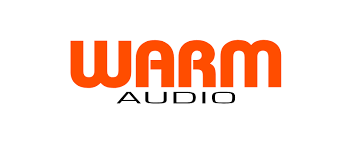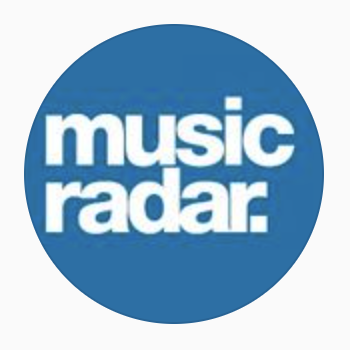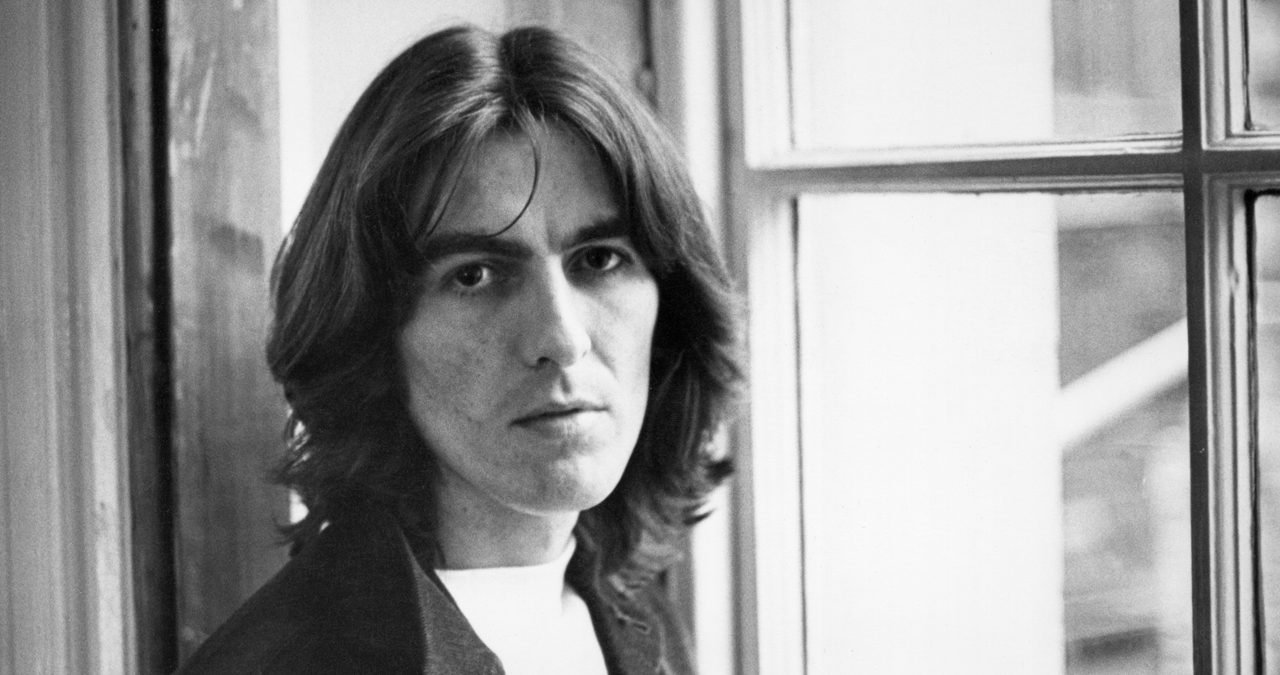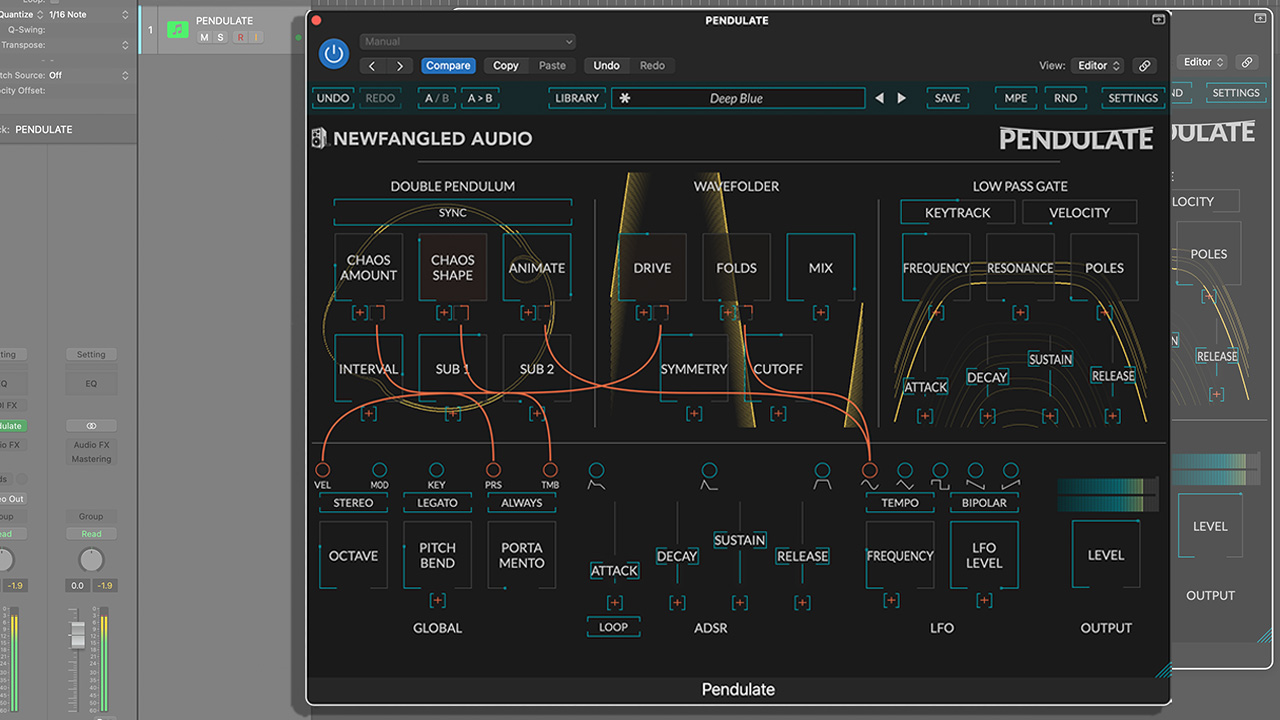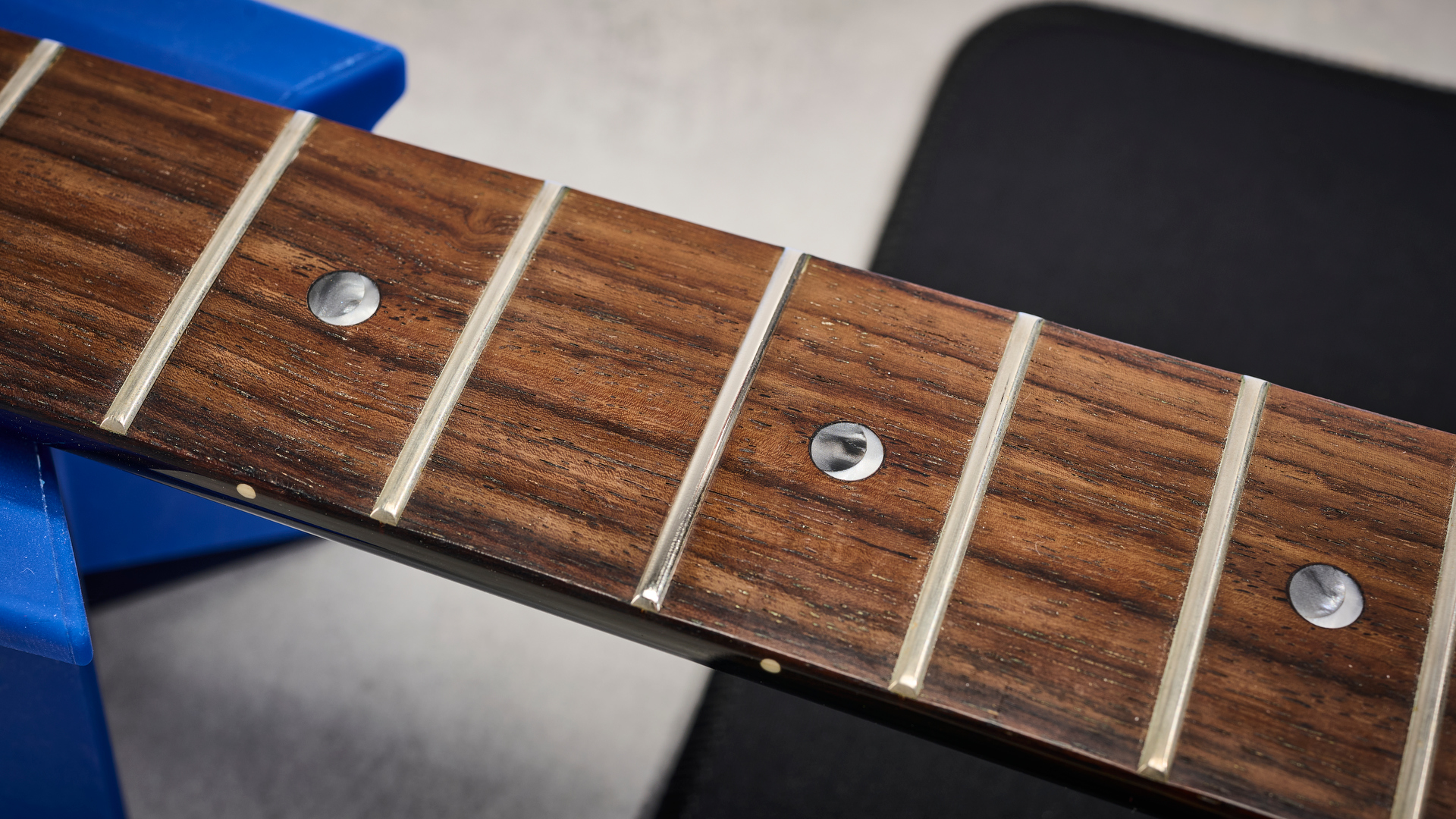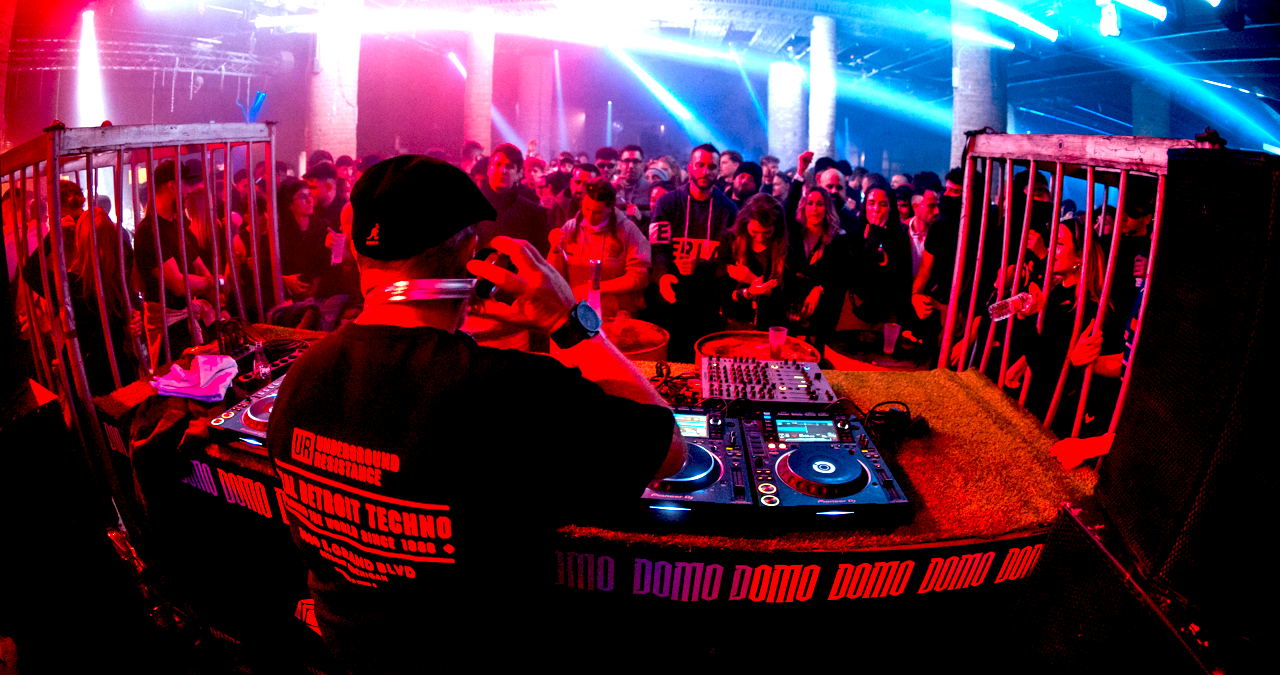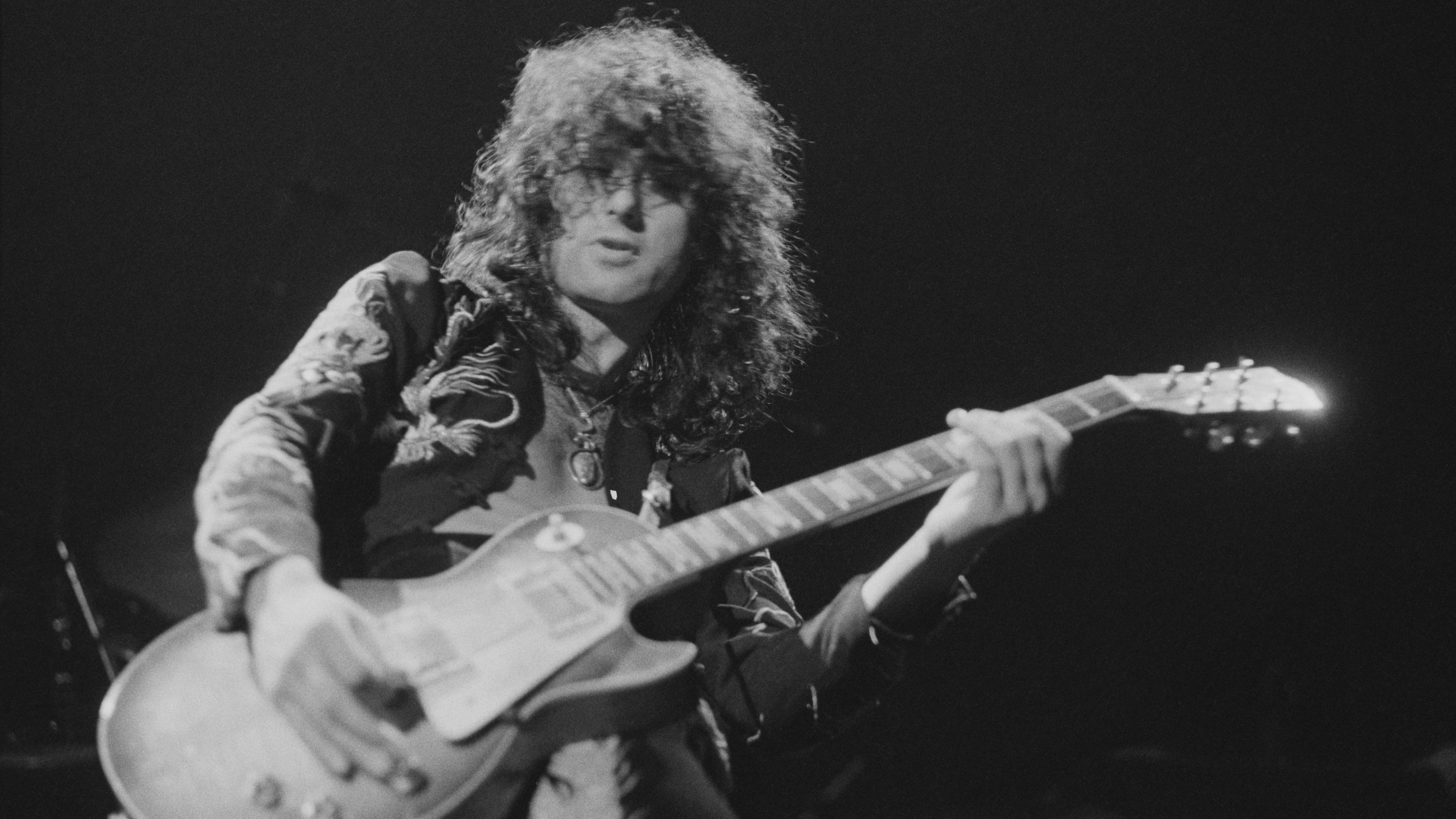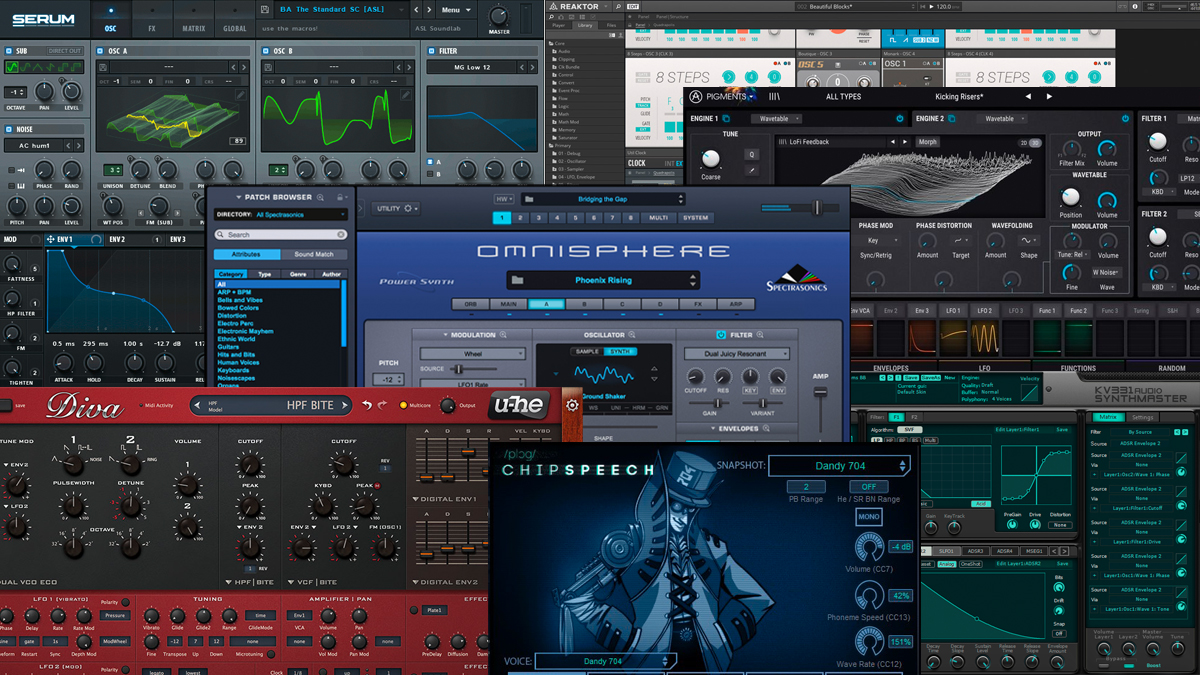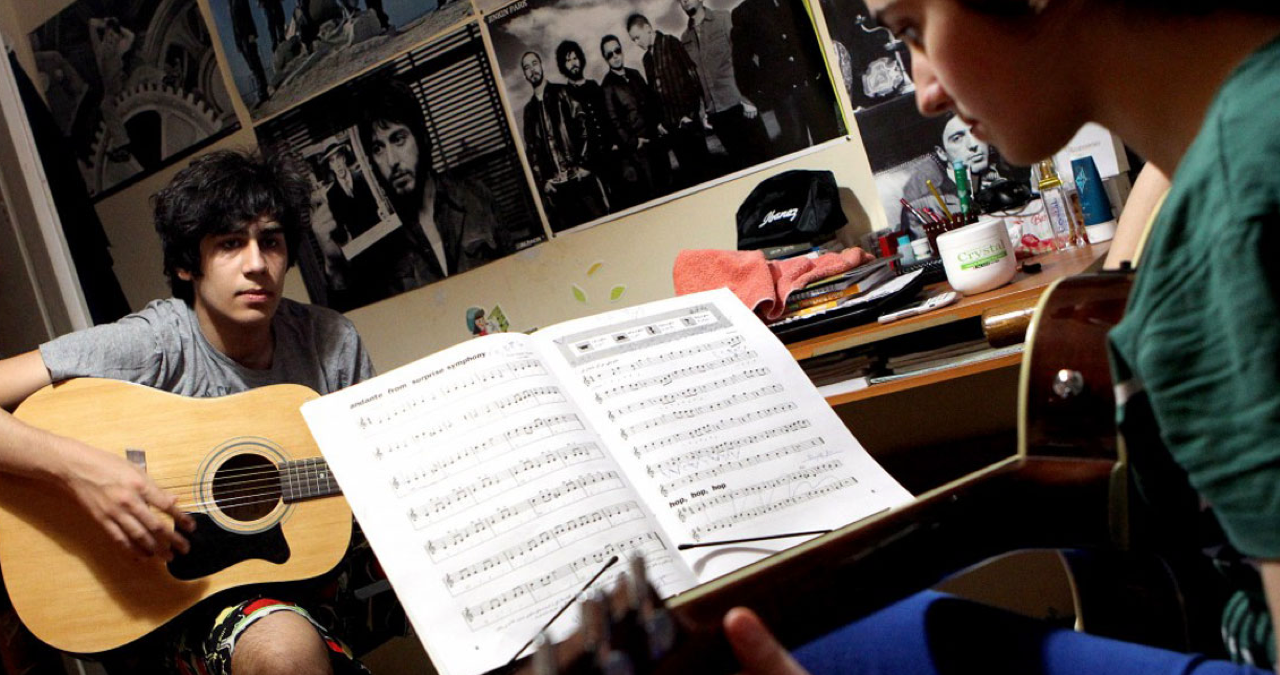How one hardware addition can take your recording setup from 'bedroom' to 'pro’
A hardware preamp can level up your recording setup and take your home studio up a notch
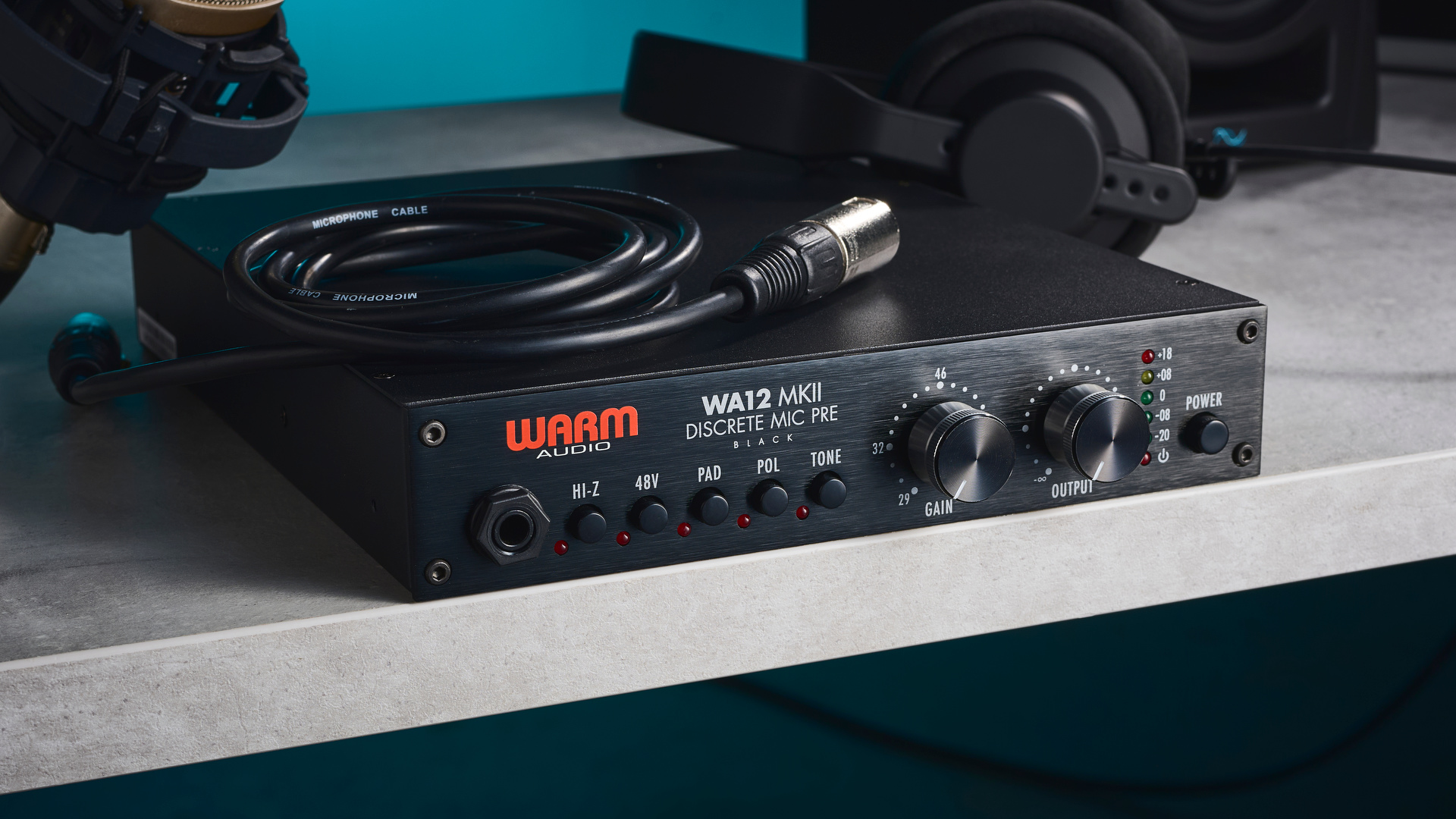
The line that divides ‘bedroom’ and ‘pro’ studios has become incredibly blurred in recent years. Creating release-worthy music used to require access to a dedicated recording space and thousands of dollars worth of high-end hardware. Now anybody with a laptop and a good idea can produce music that holds its own against the world’s top studios.
That said, there are certain simple steps that any producer can take to make a basic laptop-based setup feel and function more like a pro studio without breaking the bank.
Monitoring is often the first port of call for those looking to level-up a laptop studio. Spending a little money on quality speakers and addressing any acoustic issues in your studio will help you in making creative decisions you can trust. But what next?
Some music makers might splash out on a hardware synth, MIDI controller, or an outboard compressor, but for many producers, one easily-overlooked device could be the secret to taking your setup up a level – a dedicated hardware preamp.
What is a preamp?
Preamps are circuits designed to apply gain to a low level signal. Their main application lies in recording with microphones, which require a significant gain boost to raise them to normal operating level. Other low level signals, including guitar and bass or even some synthesizers can benefit from a gain boost too though.
If you own an audio interface, you probably already have access to some form of preamp. Most interfaces, even at the budget end of the spectrum, include a mic pre that will boost the input level allowing you to record a mic directly into your DAW.
So why might you want an external hardware preamp? In short, it’s because different hardware preamps can impart different sonic qualities, which can be highly desirable and add a distinctive character to your recordings. Hardware preamps also can offer more clean gain (especially above 50dB). More gain allows you to capture more nuance and subtlety in a performance and reduce any noise such as a hiss or hum, when trying to boost quiet signals.
Get the MusicRadar Newsletter
Want all the hottest music and gear news, reviews, deals, features and more, direct to your inbox? Sign up here.
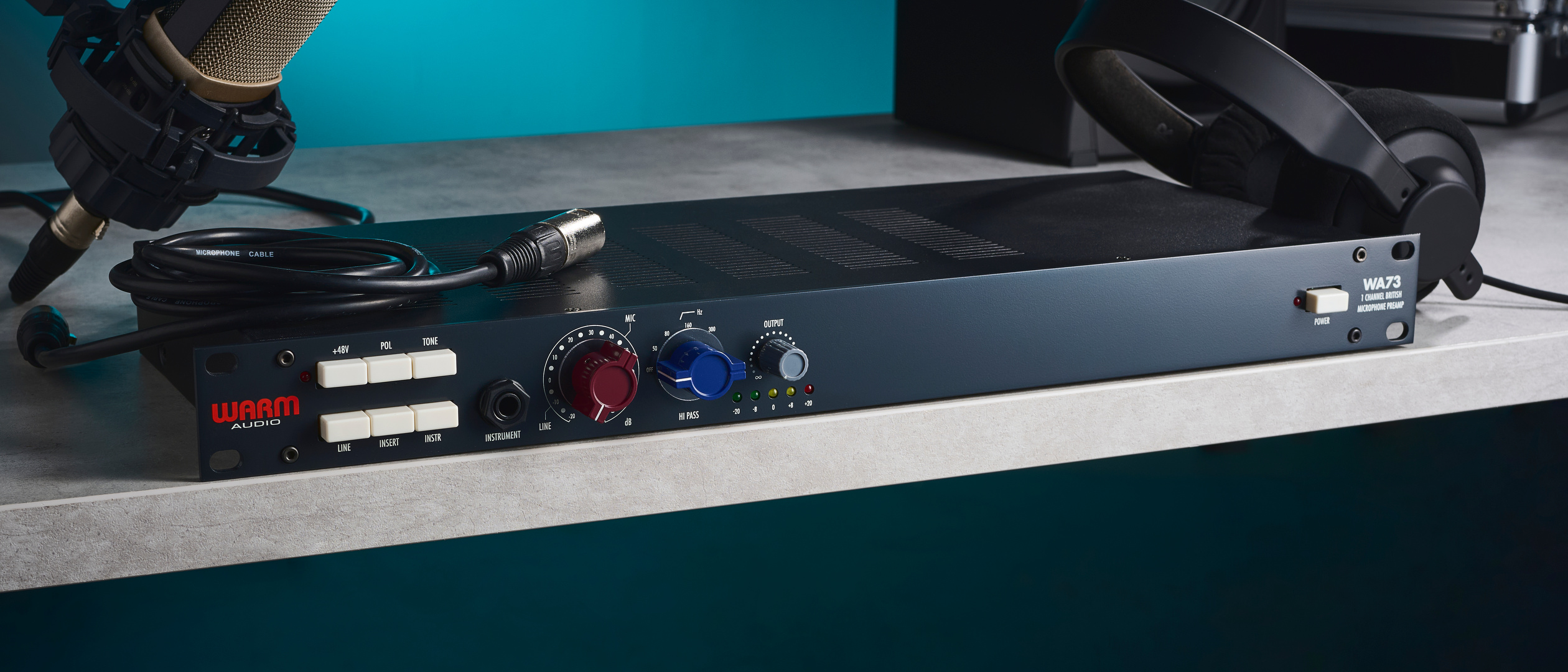
Whereas audio interface preamps generally aim to be as transparent as possible – ie boosting whatever audio you feed them without altering the character – hardware preamps often aim to add colour to a recording as well as simply raising the level.
This stems back to the behaviour of traditional analogue recording desks. The channel strips of vintage desks would start with an analogue preamp. The design of these would contribute heavily to the overall character of the desk by doing things such as subtly boosting or cutting certain frequencies, shaping transients or applying compression or saturation when pushed at higher levels.
Many dedicated preamps, both in software and hardware, look to emulate the qualities of these vintage preamp designs.
Will a hardware preamp make my recordings sound better?
There are numerous factors that affect audio quality, including the space you’re recording in, your choice of mic and the quality of your A/D converters, and no single thing will be a ‘magic bullet’ to perfect recordings. That being said, a preamp is a very important part of your signal chain and a decent quality option is likely to improve the overall tone of your audio.
If you’re currently working with a mid-level, all-rounder mic and an audio interface, a preamp is likely to be a more cost-effective and versatile option than investing in a high-end mic. High-end mics undoubtedly make your audio sound better, but they can often be suited to one or two specific applications – such as recording vocals, guitars or drums – a preamp can be used for all of these applications, and can help to improve the characteristics of a lower-quality mic.
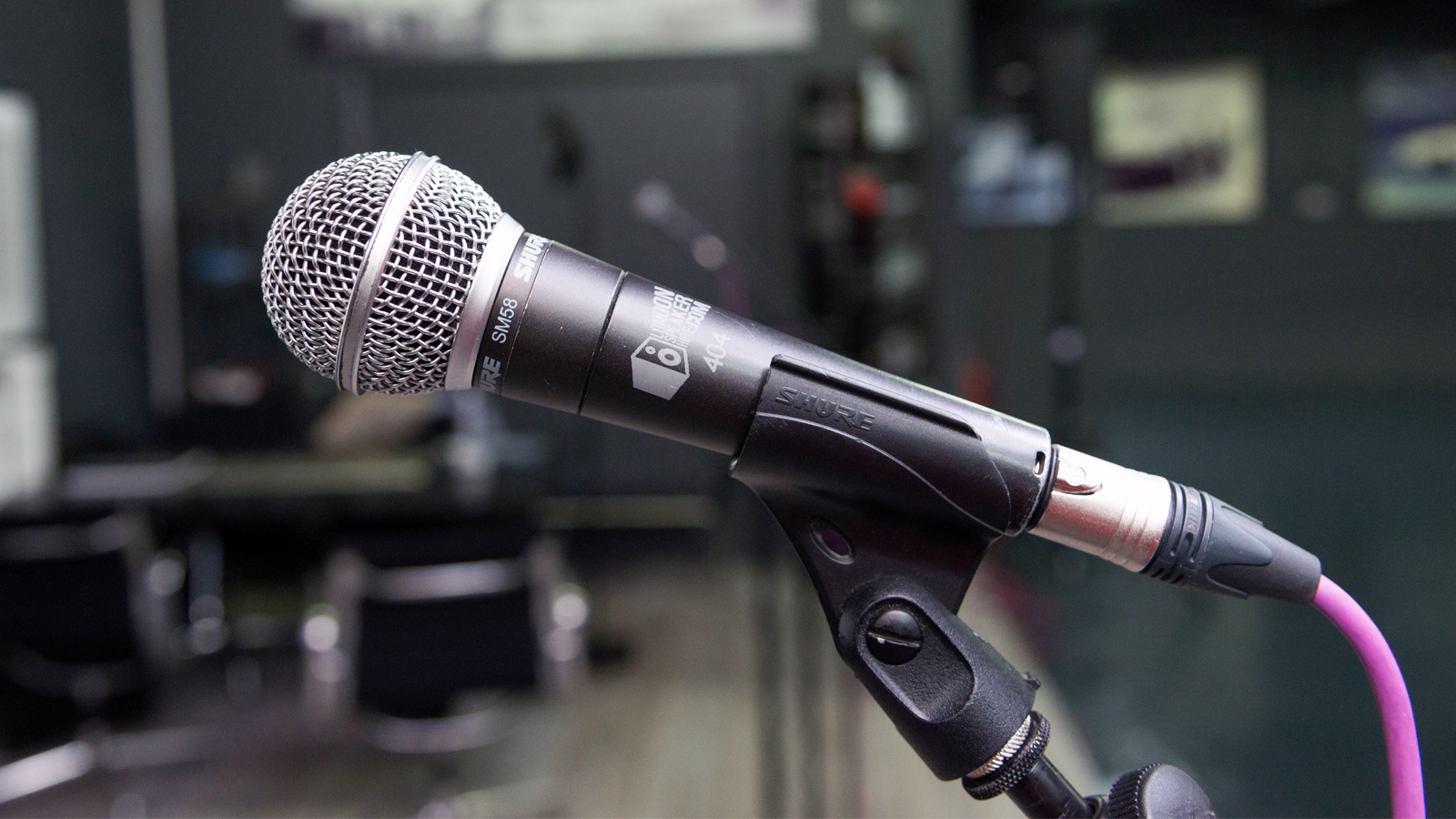
Choosing the right preamp
Although all preamps do the same basic thing – boost the gain of your signal – there can be significant difference between hardware designs, both in terms of the sound, and the additional features they offer.
If you're looking for a preamp that will provide 'colour' for your recordings, it's important to consider the types of circuitry used and the characteristics of any vintage influences.
Consider whether you want more of a 'vintage' or 'modern' tone, what audio sources you're most likely to process, and be sure to listen to as many audio examples as possible or, better still, try out a few preamps in person.
While gain controls are the most important element of a preamp, your unit might have other parameters that can help shape the frequency and transient response and better adapt to different recording sources.
In our examples, we’re using two hardware units from Warm Audio, each of which is inspired by a different vintage channel strip and has a range of controls that can suit different use cases.
The WA12 mkII recreates the most celebrated “American-style” preamps of the 1970s, a key part of the signal chain used on hits from artists as diverse as The Eagles, Prince, Toto, Eminem and Madonna. The WA12 is based around custom Cinemag transformers, and boasts the same punchy, clean tone with 71 dB of gain as the original.
Along with the gain controls, the WA12 has front panel buttons to engage different functionalities. 48v activates phantom power – a common feature of preamps used to supply required power to active microphones. A polarity button can be used to address phase issues by inverting the polarity of the audio signal.
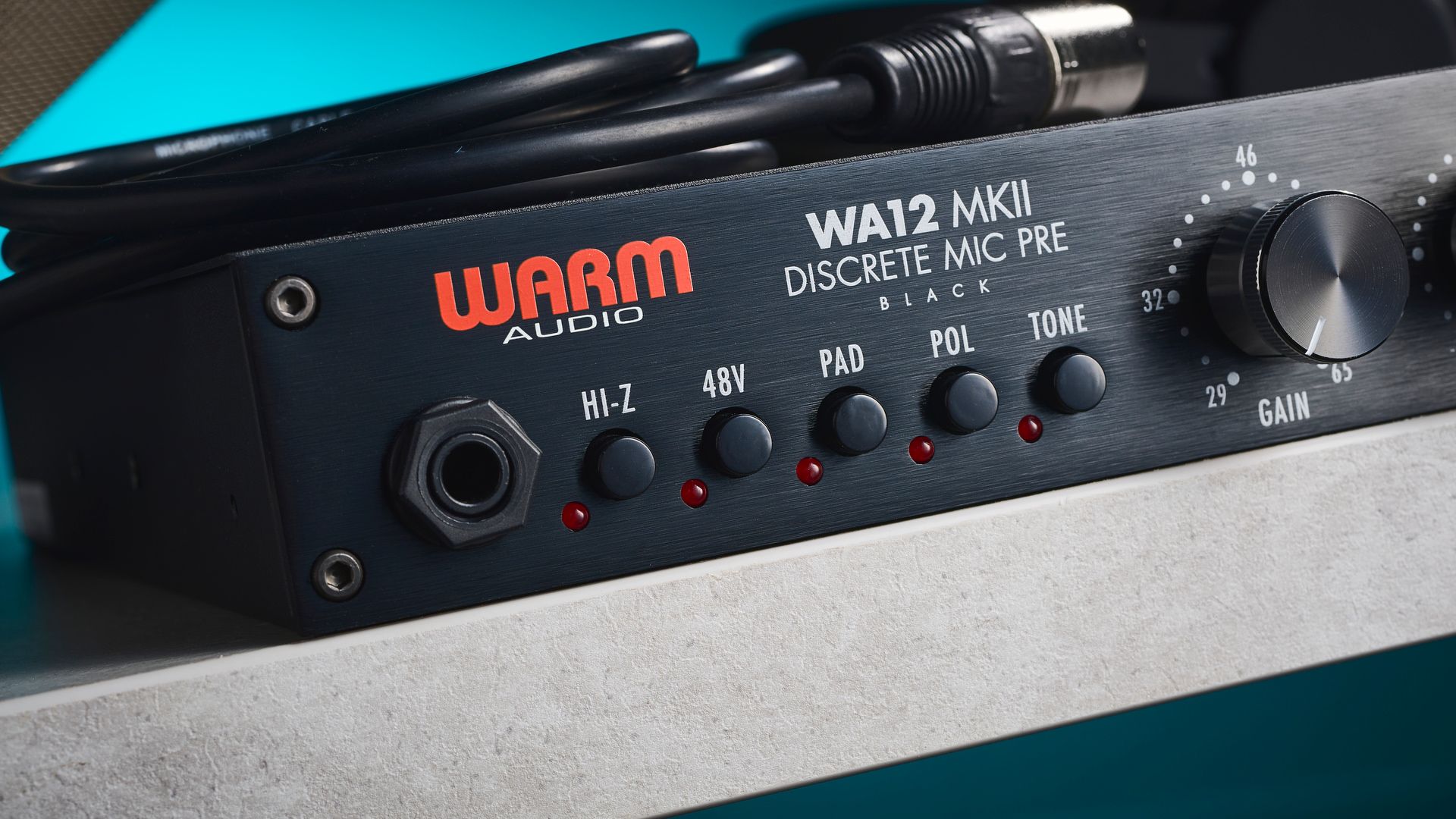
Pad is another common function. This applies a -20db gain cut, in order to help the preamp handle louder recording sources. Similarly, the Hi-Z option here lets us connect a guitar or bass to the front panel input, with the preamp adjusting so we can process the instrument level signal through its circuits.
Preamps will often feature Instrument or Line options, which are similar functions designed so the input can adapt to different signal levels.
More specific to Warm Audio preamps is the Tone control, this alters the input transformer to add a little high-end boost. For lower output mics like dynamics and ribbons, the Tone control adds a little high-end boost, resulting in what’s often referred to as ‘air’ or ‘sheen.’ For condensers with more information in the high end, the Tone control can add midrange depth and richness and slightly tame the high end.
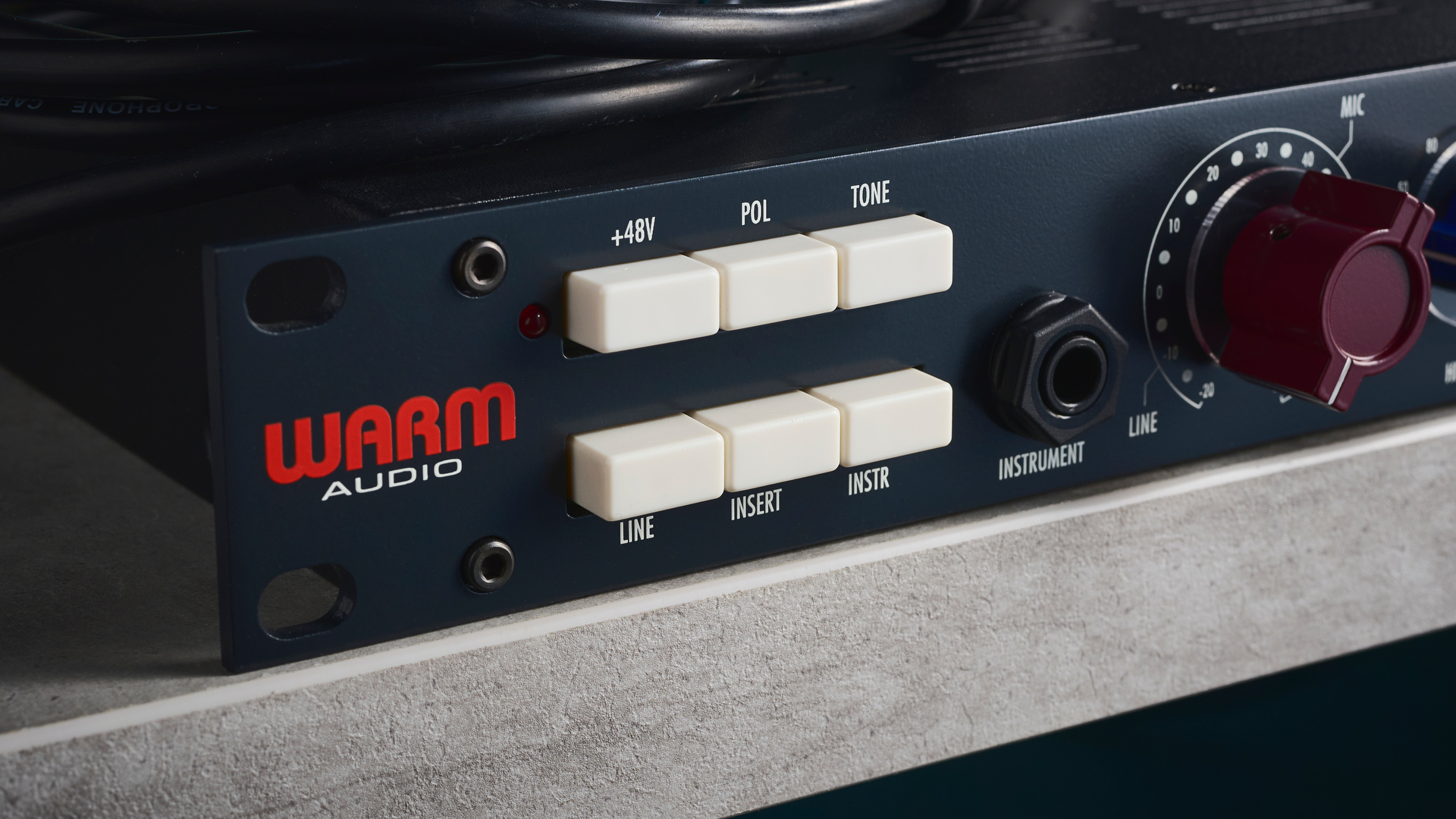
Our second preamp is the WA73. This takes its cues from the Neve 1073, a classic British recording console widely used throughout the ‘70s onwards, and a key part of the signal chain for tracks from artists like The Beatles, U2, Kendrick Lamar, and Led Zeppelin.
With its Carnhill transformers, the WA73 is focused on delivering the same rich, warm, “unmistakably analogue” tone as the original Neve 1073.
An additional feature this adds into the mix is a high-pass filter, used to cut away low frequencies from the signal. Again, this is a fairly common tool that can be useful for avoiding overloading the signal chain with unwieldy bass frequencies.
Warm Audio also offers a version of the WA73 that comes equipped with a 3-band analogue EQ, emulating the one found on the original Neve channel strip.
How to use a hardware preamp in your home studio
A preamp can improve the quality of any type of recording that requires a microphone. Vocal recording is the most obvious application, but even in a home studio there are multiple ways to make use of a simple recording chain, such as recording acoustic guitars, sampling percussion instruments or even re-amping in order to capture a natural reverb sound.
In most cases, you’ll still need to pair your preamp with an audio interface, although some preamps also include A/D converters and the ability to connect directly to a DAW.
If using an interface alongside your preamp, connect the preamp’s output to the line input of your interface, rather than a mic input, so as to avoid boosting your signal twice.
It's also worth noting that on some interfaces, your line input may be part of a combination (AKA combo) jack on the unit. This will have the same size as a typical balanced XLR input but with the ability to receive XLR, or ¼-inch TRS (balanced) and TS (unbalanced) cables.
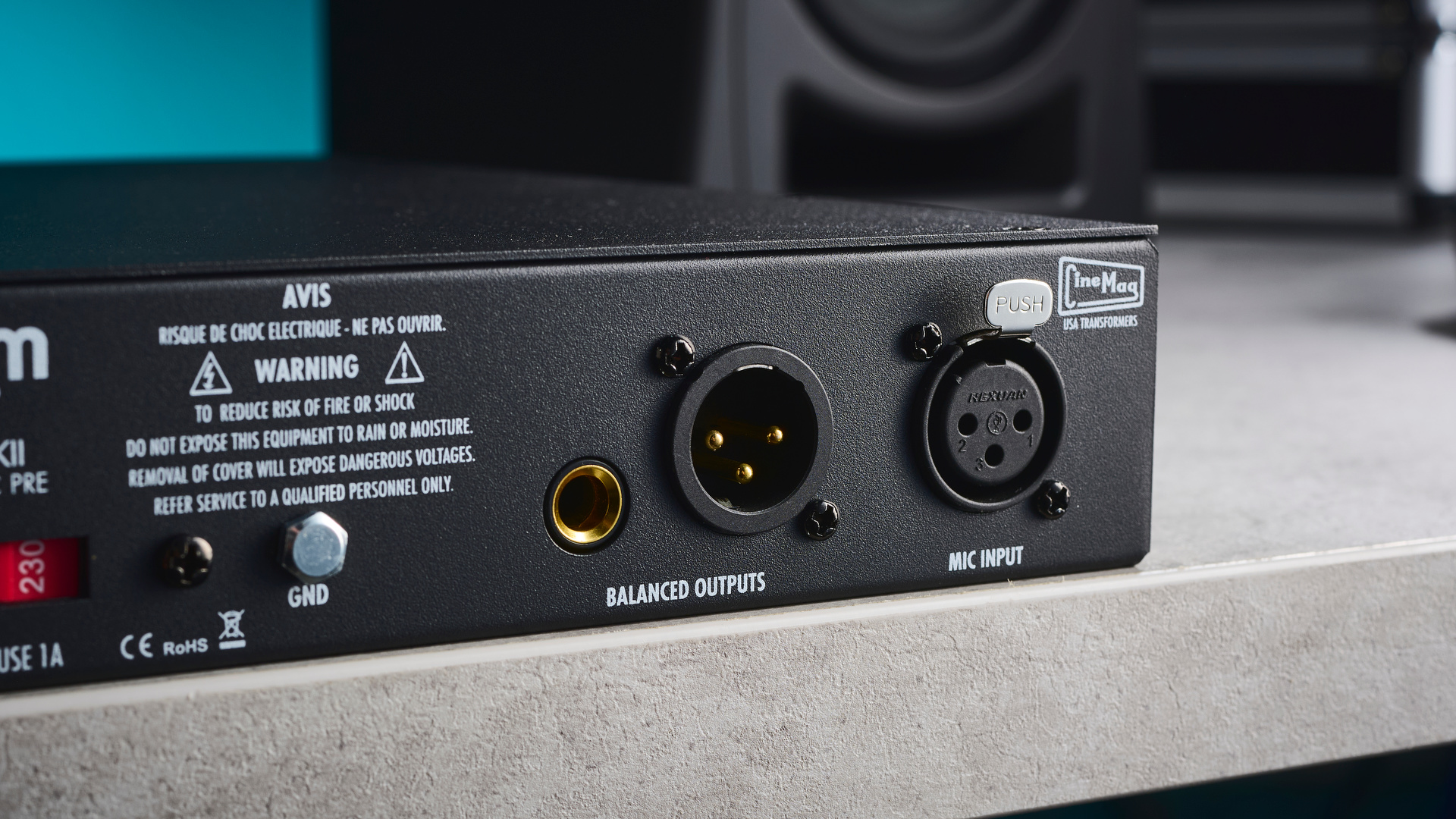
Most preamps are fairly simple in their operation, with one or two inputs and outputs and controls for setting the level of gain. This is where gain staging comes into play – ie the process of making sure you’re applying the correct amounts of gain throughout your recording chain.
The general aim is to set the channel so that the average level of the signal hovers somewhere around the 0dB mark. However, preamps based on classic analogue designs will behave and sound a little different depending on how ‘hot’ they’re being driven.
Like a lot of gear, many preamps have a sweet spot. It’s worth experimenting with a setting that’s slightly quieter or louder than you think you need. Then compensate for it elsewhere.
It's worth noting too that most preamps are single-channel – ie mono. If you're planning on recording in stereo you'll need to pair two preamps together, or use one specifically designed for multichannel recording.
MusicRadar is the number 1 website for music makers of all kinds, be they guitarists, drummers, keyboard players, djs or producers...
GEAR: We help musicians find the best gear with top-ranking gear round-ups and high- quality, authoritative reviews by a wide team of highly experienced experts.
TIPS: We also provide tuition, from bite-sized tips to advanced work-outs and guidance from recognised musicians and stars.
STARS: We talk to musicians and stars about their creative processes, and the nuts and bolts of their gear and technique. We give fans an insight into the actual craft of music making that no other music website can.
